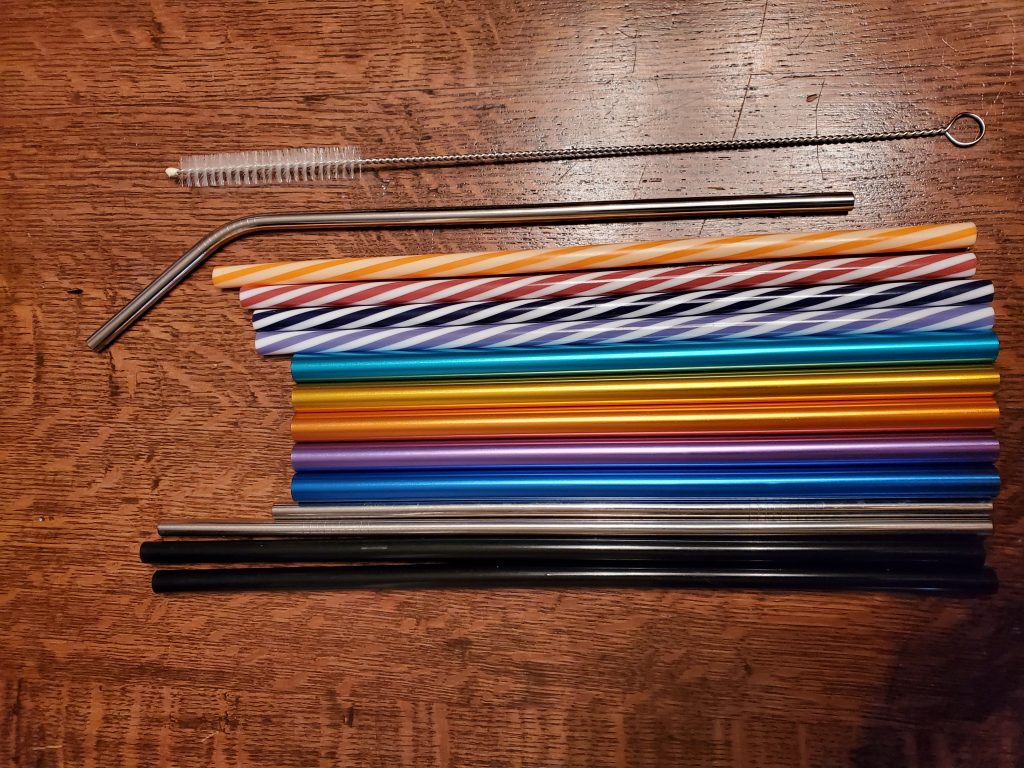With Valentine’s Day upon us, we can’t ignore the fact that love is in the air and all around. The season of love and Cupid’s magic are hard to ignore. Unfortunately, lovebirds, that isn’t the only thing you will find in the air this season. Dangerous gasses called Volatile Organic Compounds (VOCs) are lurking everywhere (up to 10 times higher indoors), and could be turning your stomach butterflies into nausea and vomiting.
VOCs include a variety of chemicals that are emitted as gasses from certain solids and liquids, including common household products. These are products that most people have around their house and place of business, such as paints, aerosol sprays, cleansers and disinfectants, hobby supplies, and even dry-cleaned clothing! Who knew? Items that may be littered around your space are known to cause both short-term and long-term adverse health effects including but not limited to irritation, nausea, liver and kidney damage, and possibly cancer. Scary stuff, right?
So how do you reduce your risk and exposure to these nasty gasses? First and most importantly, increasing ventilation when using these types of products is key. For commercial buildings, experienced HVAC engineers can ensure a building has enough air changes per hour to properly replace the indoor air with fresh outside air. This measurement is determined by the building capacity, as well as how the space will be used. For example, by code, a restaurant requires an average of 20 CFM of fresh air per person, so if the max occupancy is five people, the building will require 100 CFM of fresh air at minimum to ensure a healthy amount of air changes per hour.
While this seems like a simple way to ensure a building’s air is not filled with common air pollutants including VOCs, this is not always the case. The amount of outside air entering the building is set by the rooftop unit (RTU) to match the designed value for the facility. This value is then verified through a test and balance technician measuring the airflow and resetting it to the proper amount. Without this final verification, your building may be receiving improper amounts of fresh air, which can leave your building and its occupants susceptible to higher concentrations of air pollutants.
Other steps to take to reduce risk in your home and business are:
- Follow label instructions carefully. Always meet or exceed label precautions.
- Throw away partially full containers of old or unneeded chemicals safely. Only buy in quantities you will use soon.
- Keep exposure to paint strippers, adhesive removers, aerosol spray paints, auto exhaust, and tobacco smoke to a minimum.
- Use integrated pest management techniques to reduce the need for pesticides.
Don’t let VOCs ruin the love for you this Valentine’s Day! Take the right steps to minimize your exposure and keep the magic of the season alive.


